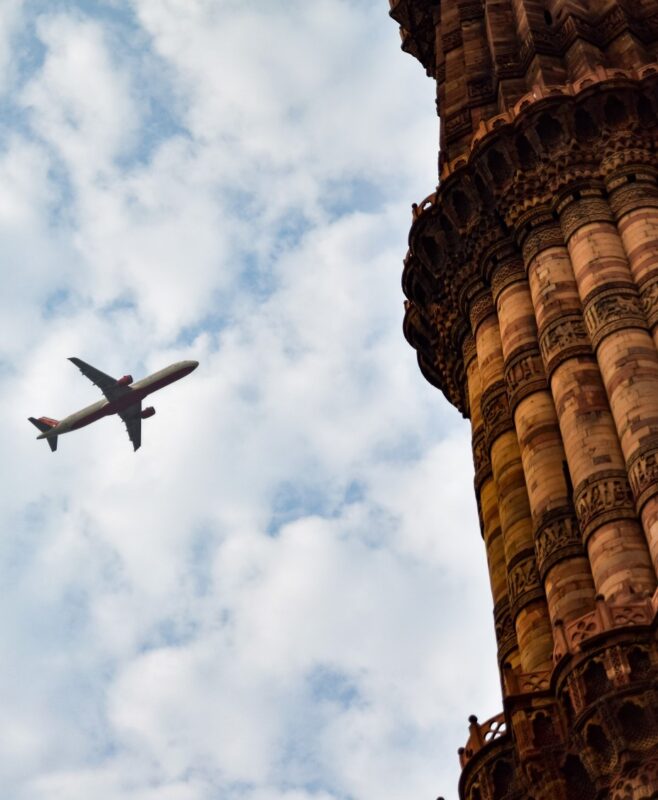02 Mar 2023
All about Aviation’s Environmental efficiency – SGS Frangible view
All about Aviation’s Environmental efficiency – SGS Frangible view
Aviation is one of the first industries to have strategic goals for reducing its impact on climate change along with its improved efforts of environmental performance.
Climate action
The aviation industry works on a climate action framework.
- Technological innovation – New generation aircrafts are roughly 15% to 20% more fuel efficient.
- Sustainable aviation fuels – Sustainable aviation fuels secure the sustainable growth of air travel by reducing CO2 emissions around 80% in comparison to fossil fuels.
- Operational improvements – New air traffic control techniques are being used for saving emissions like – landing using a continuous descent and adding wingtip devices.
- Infrastructure efficiencies – Shortening flying times and reformed air traffic management systems cut emissions significantly.
- Market-based measures – Economic measures and more efficient operations to account for emissions only once thereby ensuring no-multiple taxation for passengers.
Reducing noise
Aircraft noise can be disturbing so the industry has been working to reduce noise with results of least noise footprint of each new generation of aircraft which is estimated to be 15% lower than the previous models.
- Mandated decreases – ICAO introduced a new standard in noise reduction which states that new aircraft models need to be at least seven decibels quieter in comparison to those built earlier thereby ensuring the quietest technology will be used on future aircraft. It involves operational improvements, land-use planning, flight restrictions and management.
- Technology – Examining of factors like size of the fan blades in the engine, size and number of flaps that help control the wing shape, the position of the engine on the aircraft body and air travelling through the engines further cut noise and emissions.
- Air traffic management – Controlling where planes fly during take-off and landing has an important impact on noise pollution that’s how air navigation service providers, pilots, airlines and airport operators implement reduced thrust take-off, continuous descent operations, and displaced landing threshold as noise reduction procedures.
Improving air quality
With advanced technical developments, the new aircrafts emit 50% less carbon monoxide and 90% less smoke in comparison to the ones made long back thereby limiting the emissions from aircraft and other activities at airports.
- Cleaner aircraft technology – The International Civil Aviation Organization (ICAO) regularly tightens nitrogen oxide emissions for new aircrafts.
- Limiting the impact at airports – Aircraft emissions are reduced further with fixed electrical ground power and supplies at the terminal gate that makes the aircraft to reducing fuel burn, switch off their auxiliary power units at terminal gates and decrease pollutants. In addition to this, the aircraft and engine manufactures have also introduced an additional 80% cut in nitrogen oxide in 2020 thereby further reducing emissions and noise impact.
Greener manufacturing
Aircraft and engine manufacturers around the world are working towards improving of their factories by opting greener manufacturing that great contributes to sustainability. Some even insist on such standards throughout their production supply chain that ensures 100% of waste recycled, hence reflecting efficient production management. This approach results in reduction of water consumption, CO2, energy consumption and non-recycled waste production. Apart from this, the amount of waste generated from airport involves a number of other sources viz. retail outlets, restrooms, restaurants, flight catering centers, airport offices, aircraft and air cargo terminals, to mitigate the environmental impact of waste, airports are implementing sustainable waste management processes.
































